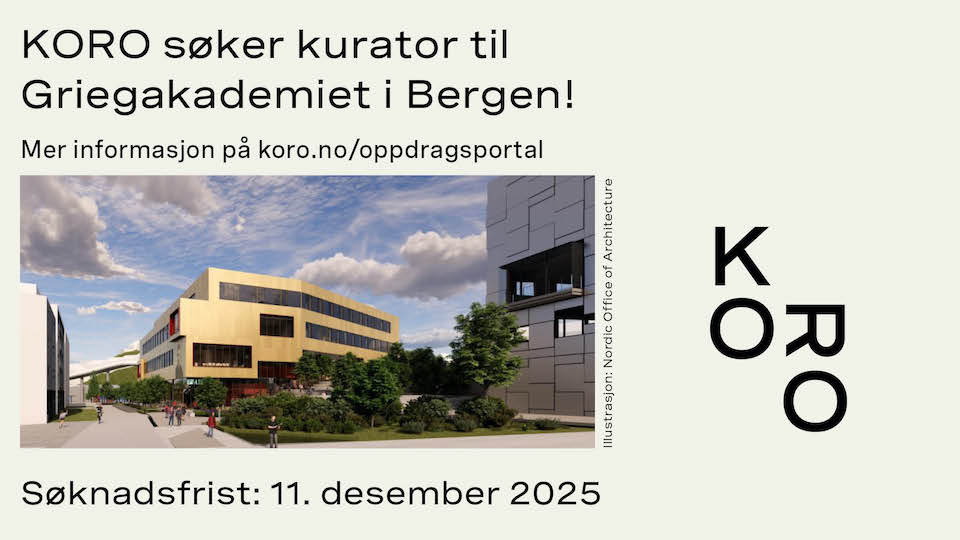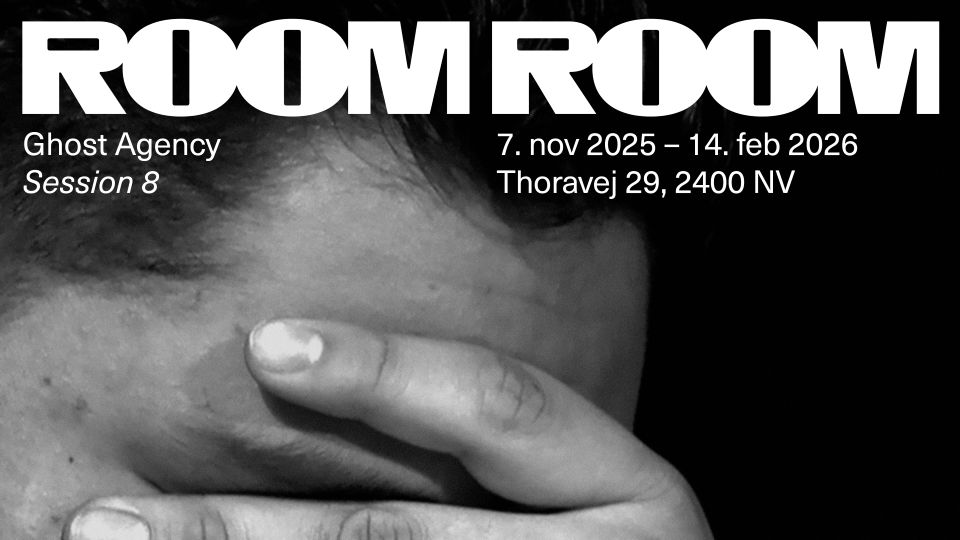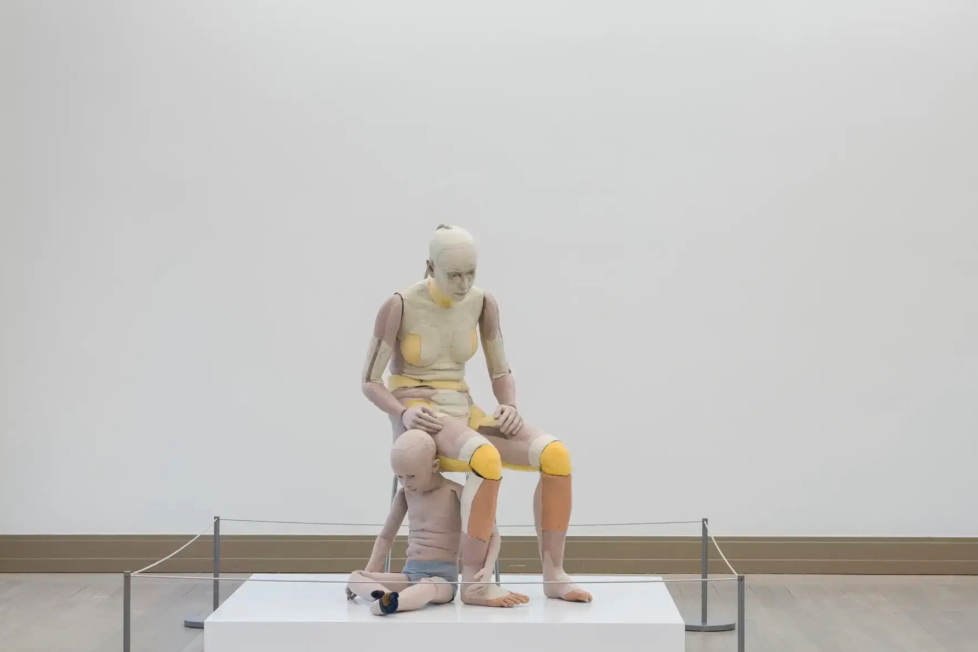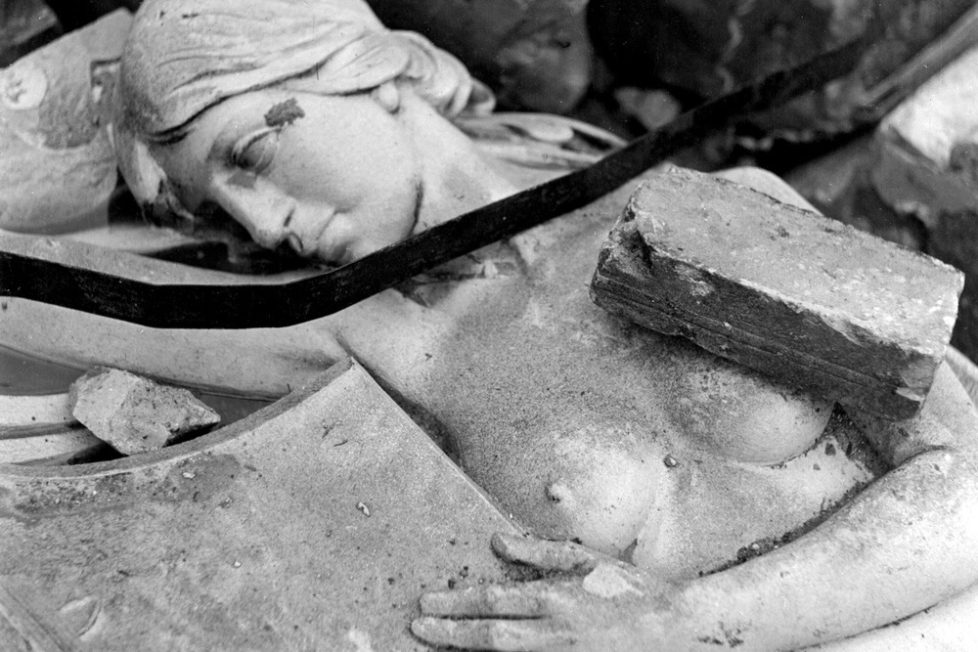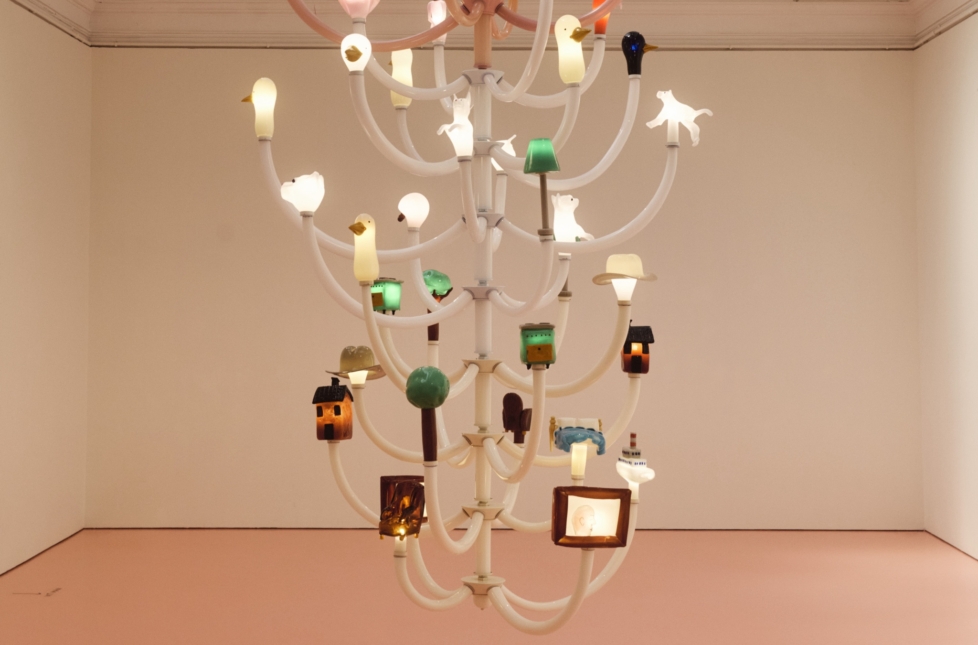
“When too perfect lieber Gott böse.” Even a good god gets angry when things are too perfect. Nam June Paik’s famous bon mot came to mind while spending most of a rainy day in Simon Dybbroe Møller’s extensive mid-career survey at Kunsthal Charlottenborg. As I admired the production values of individual works, their refined finish and smart, carefully calibrated presentations, and perused elaborate, even chatty, didactic wall texts, noting absences, discovering patterns, decoding references, and drawing connections among seemingly disparate works presented across twelve rooms and the cinema, I found everything came across as well-reflected, calculated, and explained. Was it too perfect?
The first room already hit home hard: to encounter Constantin Meunier’s famous 1893 bronze Le Debardeur unexpectedly is arresting. But to find two casts of the nameless dock worker (of which several more exist, not least in Antwerp, where the Belgian artist found his model) is something else: suddenly two athletic, slightly larger than life characters glare at each other as if about to square off in a boxing match.
The installation’s theatrical tension is heightened by a scattering of cast metal floral decorations, originally possibly decorations on nineteenth-century gates or household appliances. Heavy metal leaves, twigs, and cones fill most of the floor, as if broken loose by a thunderstorm – a premonition of the clash to come. The doubling of the idealised figure introduces a surprising element of short-circuitry, its physical intensity now weirdly directed at itself.
Already an acclaimed painter in his native Belgium at the end of the 19th century, Meunier ‘discovered’ the motif of work for himself while branching out into sculpture. His work was produced during a period of expanded industrialisation in Belgium (the growth of coal mining to fuel the energy-intensive production of cast-iron products was particularly significant) that also saw the self-organization of workers.

The dock worker was only Meunier’s second attempt at portraying archetypical working men, contributing to a series that included several working professions, from a farmer to an iron worker to a fisherman. Following in these footsteps, labour and the depiction of people at work is arguably the most prominent and interesting strand running through Dybbroe Møller’s work.
Picking up on renditions of contemporary working life, Dybbroe Møller has amassed a variety of often cartoon-like characters depicting people at work: the butcher, himself partially chopped up, revealing his innermost core in meaty pink polyurethane foam (Self-Serving, 2018); a mechanical mannequin completely cast in plaster and frozen in the rat race (Homo Slomo, 2011); a video featuring a digital animation of a rotating and mumbling porcelain kitsch figurine Bricklayer (2023). These are but a few of the figures who here act out the ‘abstraction’ (in Karl Marx’s sense of the term) of labour in caricatures.
The largest work in the show fills a whole wall: the digital animation of the Grauballe Man, who lived and died in the Iron Age, around 300 BCE, and whose body was preserved in a peat bog. It was discovered in the early 1950s close to the village Grauballe in Jutland (Denmark) and was immediately put on display in the Moesgaard Museum near Aarhus. It was an instant success attracting intense curiosity. Once the body was removed from the peat, a process of decay set in that only stopped when the conservators decided to tan the remains, effectively turning his skin into leather. Since then, the leather body has been put to work as a tourist attraction.

In Bag of Bones (2023) the artist reanimates the corpse, makes it breathe and arranges it first, leather on leather, on Mario Bellini’s iconic modular Camaleonda sofa next to a potted gum tree, playing out the digitally recreated leathery surface structures. At some point, off-screen stage lights turn on, then off, the sofa disappears, and the body falls to the wooden floor with a thud. All the while it keeps breathing, asleep at work, literally a leather bag of bones performing itself.
Prefacing the exhibition is the four-part video series shown in Charlottenborg’s screening room, What Do People Do All Day (2022), the artist’s adaptation of Richard Scarry’s 1968 children’s book of the same title, featuring highly detailed Wimmelbilder of “Busytown,” inhabited by cute anthropomorphic mammals. When it was originally presented in 2022 at Francesca Minini gallery in Milan, the videos ran on synchronised computer monitors on desks in the vacated gallery offices. The screen in the Charlottenborg screening room gives more space to appreciate the intricate details, the props, uniforms, and bodies of the actors.
Each segment is introduced with an elaborate title animation and a monologue by a middle-aged woman wearing different work uniforms. Viewers are thrust into different ominous tableaux vivants in which characters dressed in typical work uniforms (often delivery personnel, but also, more exotic, a cleric, a diver etc…) suddenly start engaging in cheesy staged erotic activities. It’s a Brechtian straight-on-the-nose parody of the gig economy reminding us that not only work, but any activity, even the most intimate encounters, can be abstracted, rendered quantifiable and thus exploitable.
At one point in the video, the focus shifts to a seemingly unimportant prop, a TV set playing in the background. Eventually, it fills the screen with a scene from the Italian movie The Working Class Goes to Heaven (1971), a dark satire on factory work by Elio Petri, in which the protagonist Lulù, a worker portrayed by actor Gian Maria Volonté, addresses his fellow workers in an inflammatory speech, which culminates in a proposal: “I suggest to stop working…right now. All.”
It’s as absurd as it is enticing, but most viewers simply don’t have the choice. From experience, most people know: not working is the privilege of those who don’t have to work for a living. It’s exactly the preposterous quality of this claim that helped me understand what I had been missing in the works in this show: overreaching, demanding the impossible, calling to arms. In other words, the vision that only a work of art can present.
But this is not what Dybbroe Møller is interested in. Instead, he describes, reinterprets, and mocks the status quo. In this sense, Thick & Thin is hermetic. It quite successfully rules out even the possibility of error, not even giving a chance to a creative misinterpretation. The characters in his works have lost their ability to come up with any idea other than performing their roles.
True to the dictum often heard in film schools – show, don’t tell – the artist shows (and then the wall texts tell us all about it). That it takes a caricature of a socialist activist in a historical satire to utter a thought expanding the notion of the possible suggests that Dybbroe Møller’s characters have lost any truly creative ability. More upsettingly, they are reflections of his audience: reviewers, and readers creating content, traffic, value, revenue, and melting polar ice. It’s us. We’re the ones caught in this perfect trap of digital capitalism. That’s the bottom line. According to the artist, we cannot even imagine a way out, let alone envision the possibility of escape. The inability to imagine the world any differently is pure ideology at work – a very depressing idea. God must be very angry with us.












